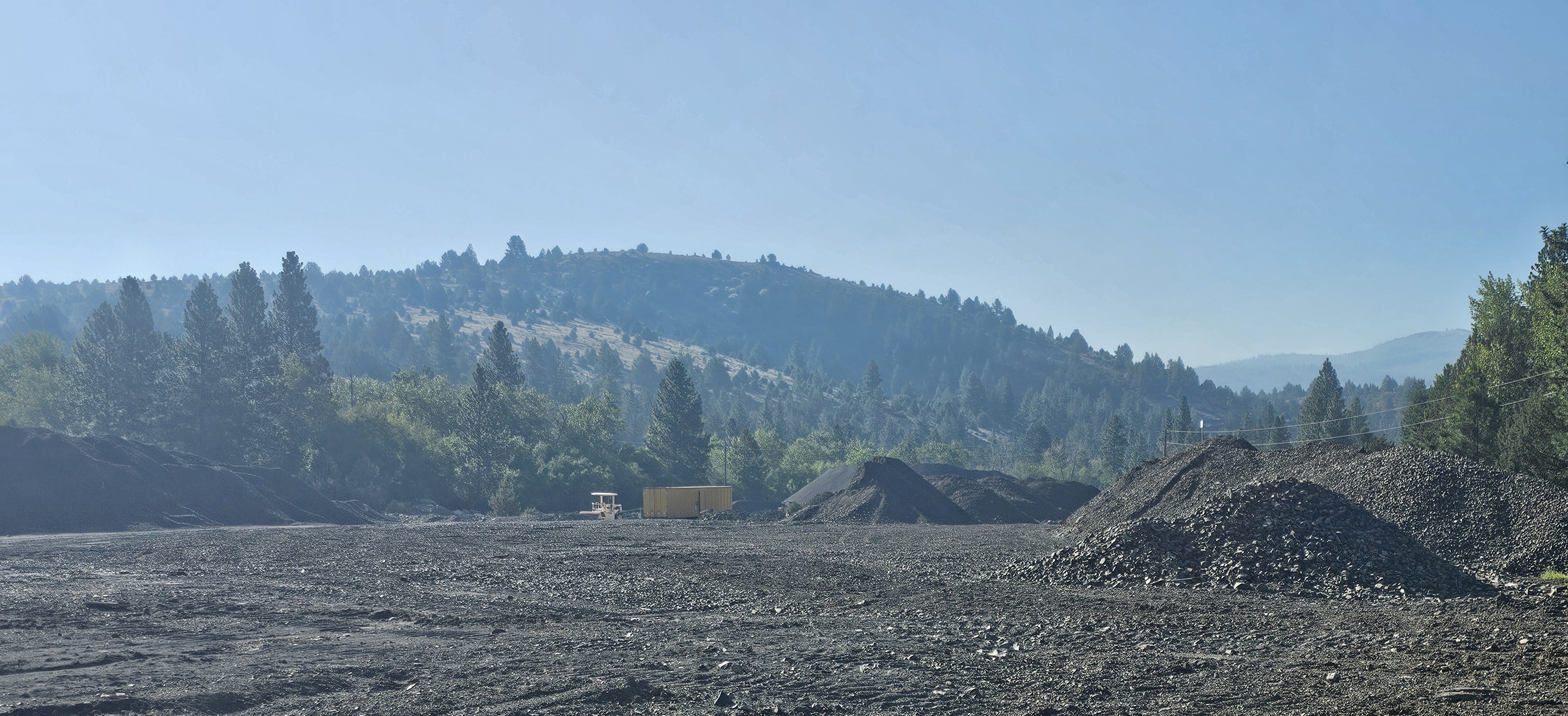NE Oregon communities push for more timber
Published 5:00 pm Wednesday, October 22, 2008
ELGIN – People working and living in the area known as the iron triangle – the places affected by the Wallowa-Whitman, Umatilla and Malheur national forests – are ready for a change in forest policies.
Trending
And they’re looking for one that will resupply northeast Oregon with timber jobs.
“We’re born and raised, growing up in this area, we’ve seen mill after mill after mill go away. Our industry is definitely shrinking,” said Boise Cascade Inland Manager Tom Insko. “We are on the edge right now, quite candidly.”
Insko, along with a slew of other timber industry people, county government leaders and forest supervisors met at a “roundtable discussion” led by U.S. Rep. Greg Walden (R-Oregon) in Elgin Wednesday morning. More than 100 people crowded into the community center in Elgin for the meeting, some standing throughout the presentation.
Trending
Overall, the discussions ranged from the need for timber-based jobs in places like Union and Grant counties, to how the state can refocus the timber industry so it can take the place of county payments when they expire in four years. Also discussed: how individuals can get involved to supporting a revival of the timber industry in Northeast Oregon.
Walden compared the recently renewed county timber payments program to a sinking ship, saying it was an emergency measure to save local governments and schools.
“But it’s also a little like rescuing the captain and crew but not the passengers who unfortunately are still struggling to survive the icy waters,” Walden said. “You see, the passengers are those men and women whose jobs have been lost and those who fear their jobs are next.”
From the industry:
Insko said Boise Inland employs about 700 people in Union County and he referred to them as “traded sector jobs,” which mean every Boise job creates 2.81 jobs elsewhere in the county.
“So 700 jobs creates almost 2,000 jobs,” he said. “The demise of the forest products industry in this county will be huge given the economic pace it provides for this community.”
The problems with the economy, he said, have been compounded by Boise Inland’s inability to harvest board feet from the iron triangle.
“The forest products industry is currently in the worst market conditions in history, bar none,” Insko said. “Dealing with those dynamics are difficult enough. The reality is when you’re struggling for a resource and fighting for logs it’s that much harder to compete in that environment.”
From Union County:
Union County Commissioner Colleen MacLeod said she’s been working with eight counties in the iron triangle calling themselves “Enough is Enough,” to address what MacLeod called “a time of critical mass in our communities.”
“We decided the time had come to rise up together and demand changes in federal forest policy,” she said.
MacLeod said three mills have recently closed in Wallowa, Grant and Harney counties with a total loss of 198 jobs. She also said the area has lost about 3,000 jobs since 1991 as the timber industry declined.
“That’s critical mass,” she said. “It’s time to take action and I hope it’s not too late.”
She advocated a relationship between timber harvest and forest health – basically saying that if the board feet isn’t harvested, it will burn.
“The Wallowa mill closed last year for want of 50 million board feet,” she said. “The Eagley complex alone burned 500 million. That is criminal.”
From Grant County:
More than 40 people bused themselves from Grant County to Elgin Wednesday morning, among them County Judge Mark Webb.
“This is fairly significant for us,” he said. “Grant County’s perspective is not positive, it’s critical.”
He said forest health and economic health are one in the same.
“You cannot have forest health unless you have economic health,” he said. “Those two things are coupled together. If you separate them, everything’s gone.”
To attain the forest health, Webb said the U.S. Forest Service has to prioritize forest projects with economic components to provide income on a consistent basis.
“We are an ecology,” he said. “There’s the environment, the economy, the society. We’re as integrated as any natural system you can think of.”
Looking forward:
Several of the speakers Wednesday, including Walden, asked the 100 people in the room to get involved and stand up for these ideals in forest practices.
“It’s time … to start taking action if we need logs for our mills,” Insko said. “But the reality is it’s a mutually beneficial thing.”
He showed a slide of two photos: one a tree-filled forest and another of a forest on fire with its gray, ashy aftermath.
“We can manage our land and create forests to look something like this on the landscape,” he said, pointing to the green forest, “or we can have forest fires such as the School Fire, which is not good for water quality, it’s not good for wildlife, it’s not good for the economy and obviously it’s not good for the taxpayers because of the cost of fighting fires.”
“We do need to start today, county by county, devising plans that will rescue natural resource jobs now,” Walden said, “and will generate the revenue our counties and schools will need before county payments run out.”









